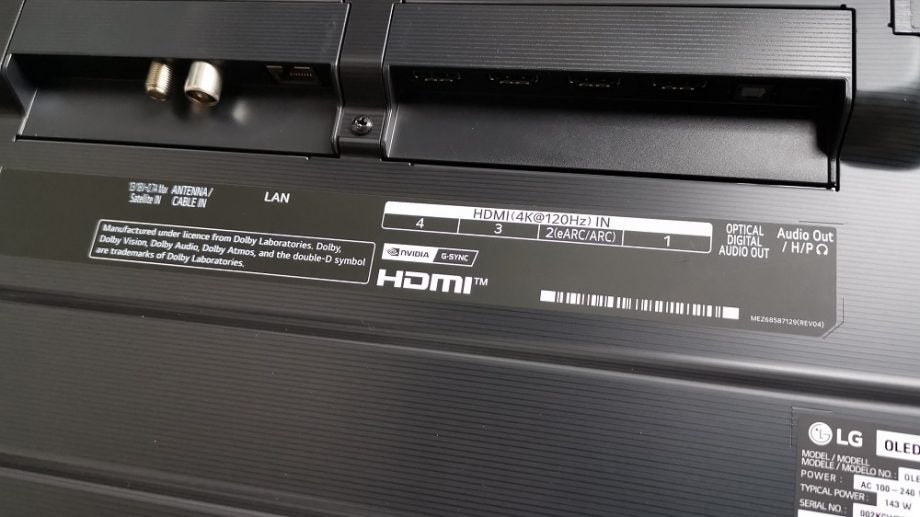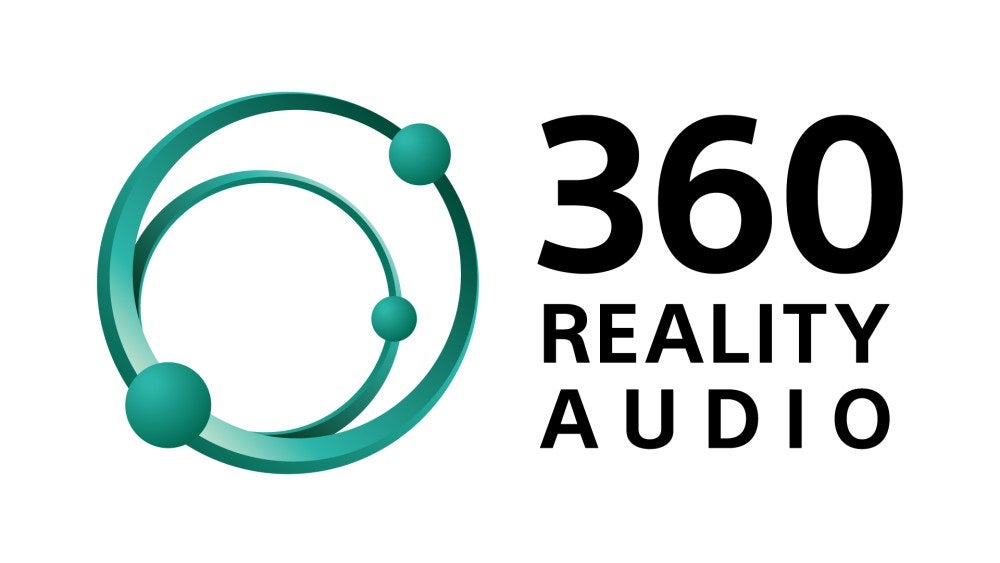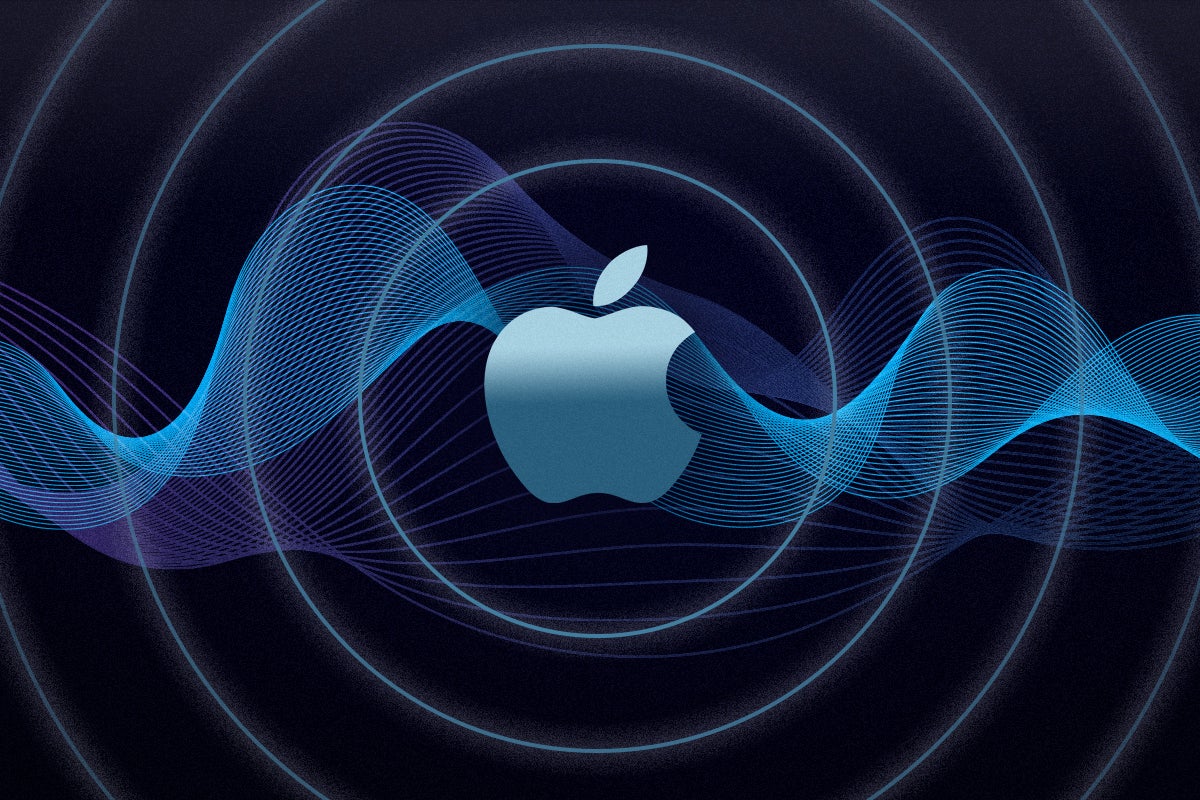What is eARC? The audio technology explained

If you’ve bought a TV in recent years, you may have noticed that means to connect an audio system to it has changed. Instead of HDMI ARC being the most common standard, the presence of HDMI eARC is growing within the TV market.
HDMI eARC was introduced alongside the latest HDMI 2.1 standard to allow for high quality audio and greater performance. To learn more about this impacts your home viewing experience, continue reading on for what eARC is, and what equipment you’ll need to take advantage of it.
What is HDMI eARC?
The term eARC stands for Enhanced Audio Return Channel. It is a method of transmitting audio between for HDMI-connected devices such as a TV and soundbar/AV receiver.

It’s the advanced version of HDMI ARC, and where it differs is that it allows for uncompressed audio to be transferred between devices where ARC was only able to pass-through compressed audio tracks. eARC widens the data pipe, as it were, to allow for more information to be sent.
This allows for transmission of high-bitrate formats up to 24-bit/192kHz, uncompressed 5.1, 7.1 and 32-channel uncompressed audio, as well as Dolby Atmos (Dolby True HD) and DTS:X (DTS Master Audio HD). The idea behind eARC is to up the quality of the home cinema listening experience.
What equipment do I need to enable eARC?
First and foremost, you’ll need a source and receiver that supports eARC. That’s the only way you’ll be able to experience the true benefits it offers. If one only supports eARC, it won’t be able transfer to maximum bit-rate.
Secondly, you’ll need to make sure that you’re connecting these devices with either the HDMI High Speed Cables with Ethernet or the Ultra High Speed HDMI Cable. These cables support the transference of information up to 37Gbps.
What else does eARC do?
Audio information is transferred across the HDMI cable from source to receiver, but that’s not all that eARC is capable of doing. It also allows the TV to send lip sync correction data (mandatory for eARC) to avoid the issue of dialogue got out of sync with the picture.
It can also send regular ‘heartbeat’ signals to the TV, that lets it know to mute its own built-in speakers when a sound system is connected to the TV over eARC.

Latency and compatibility issues with eARC
Latency refers to an issue where audio is delayed compared to the picture you see on screen, causing the two to be out of sync.
Like with the ARC standard, there can be compatibility issues among different device types and platforms with eARC The best method is to see if your TV (or whichever source you’re using such as a streamer) offers a means of synchronisation/delay between the picture and sound to help to two get back on solid footing.








